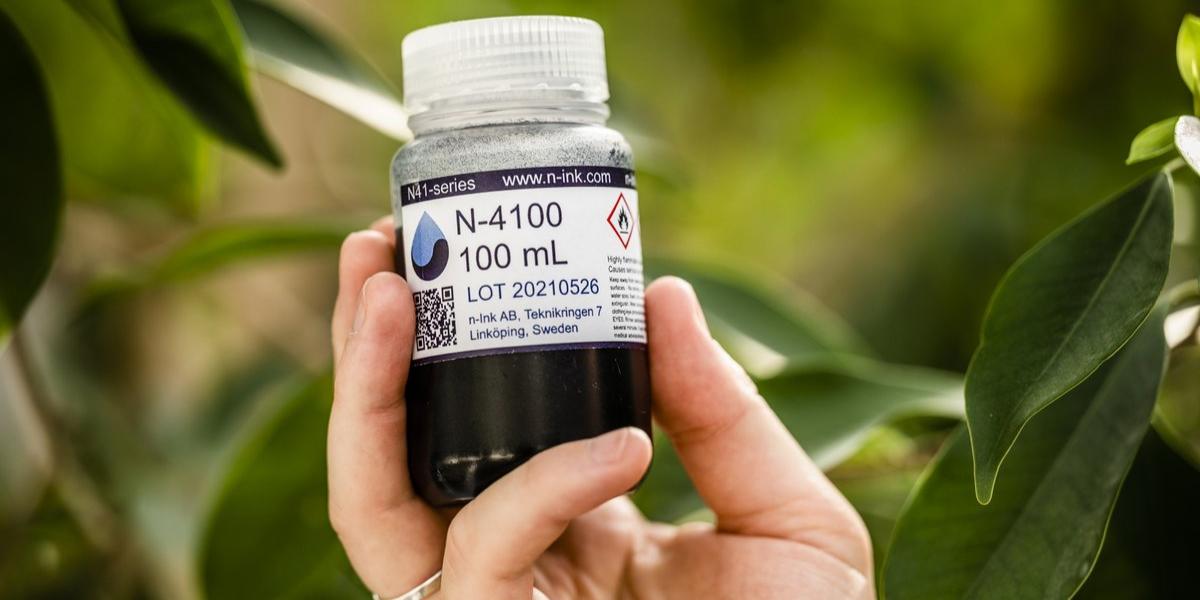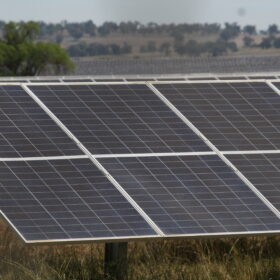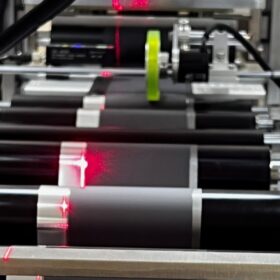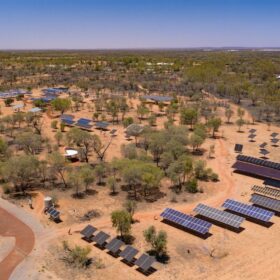Swedish startup N-ink has launched an n-type conductive ink that can be used in the charge-extracting layer of organic solar cells (OPV), as well as in transport layers of perovskite solar cells.
The company offers three formulations of its ink, which it notes has a high electron conductivity, from 0.01 S/cm up to 3000 S/cm, and thermal stability. It can reportedly withstand tests of 24 hours at 200 degrees celcius, and 1 hour at 350 degrees celcius in nitrogen.
“In the past n-type polymers were never able to reach the performance and scaling that were reached with p-type polymers,” Marc-Antoine Stoeckel, N-ink COO and co-founder, told pv magazine. “Now we have developed a polymer-based n-type ink that has the electrical conductivity and energetics required for indoor and outdoor PV.”
Besides performance and handling benefits, the N-ink material has several other advantages. “It enables a fully printed PV process. It is alcohol or water-based, a halogen-free and environmentally-friendly precursor,” said Stoeckel, noting it has the potential to reduce PV manufacturing costs, while offering the advantages of polymer material, such as flexibility.
The company has several research projects underway with PV industry partners located in Europe.
It is also a member of the Sunrey consortium, a Horizon Europe-funded research project with 13 partners working on processes and materials to fabricate high-efficiency, lead-free perovskite devices.
“We are also working on inks for the capacitor market and providing a polyfluoroalkyl substances-free (PFAS-free) alternative for use in lithium-ion battery research,” said Stoeckel.
“Formulations tailored for OPV and perovskite solar cells can be ordered directly from the website,” said Stoeckel.
A spinoff of the Laboratory of Organic Electronics, Linköping University, n-ink was founded in 2020 and has raised a total of $3.2 million (USD 2 million) in equity finance to date.
Its conductive ink technology based on BBL:PEI, short for poly(benzimidazobenzophenanthroline):poly(ethyleneimine), is described in “A high-conductivity n-type polymeric ink for printed electronics,” published in 2021 in nature.
This content is protected by copyright and may not be reused. If you want to cooperate with us and would like to reuse some of our content, please contact: editors@pv-magazine.com.








By submitting this form you agree to pv magazine using your data for the purposes of publishing your comment.
Your personal data will only be disclosed or otherwise transmitted to third parties for the purposes of spam filtering or if this is necessary for technical maintenance of the website. Any other transfer to third parties will not take place unless this is justified on the basis of applicable data protection regulations or if pv magazine is legally obliged to do so.
You may revoke this consent at any time with effect for the future, in which case your personal data will be deleted immediately. Otherwise, your data will be deleted if pv magazine has processed your request or the purpose of data storage is fulfilled.
Further information on data privacy can be found in our Data Protection Policy.